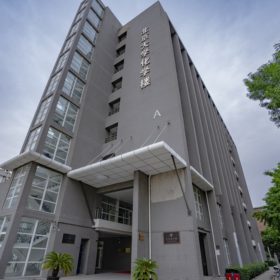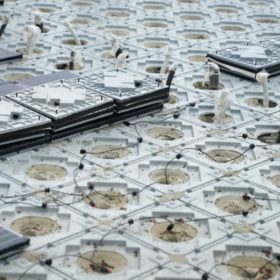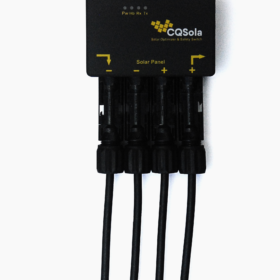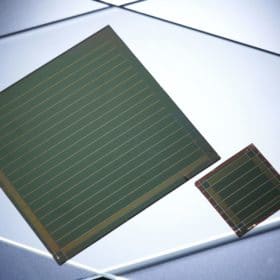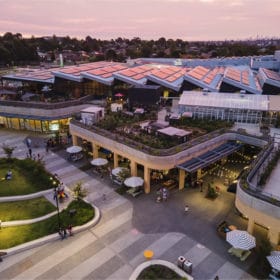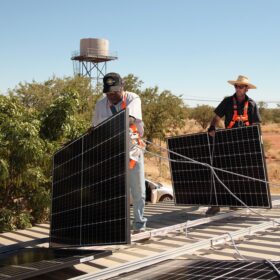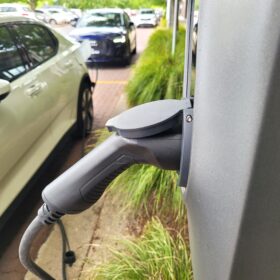Land of milk and honey, Hycel set to work on hydrogen opportunities for dairy industry
It has been said that it is no use crying over spilt milk, and similarly there is no use crying over emissions already spilt by the dairy industry, there is only to curb those emissions and Deakin University’s Hycel Technology Hub is looking to do that for the dairy industries in both Australia and Uruguay.
A different angle on perovskite defects
Scientists in China took a closer look at the role of defects in limiting the performance of perovskite solar cells, demonstrating a screening effect that could be tuned to make material defects “invisible” to charge carriers, greatly improving cell performance. Using this approach they demonstrate a 22% efficient inverted perovskite solar cell, and theorise several new pathways to even higher performance.
Researchers discover new method to make old lithium batteries new
Scientists investigating the aging mechanisms affecting today’s lithium-ion batteries observed that the loss of lithium over time is one of the main causes of performance loss. With this in mind, they developed and tested a “relithiation” process that promises to eliminate much of the cost and complexity from recycling battery components and materials.
‘I know a lot of people hate this’: ESB Chair explains why we need a coal subsidy
In its first briefing following the publication of its Post 2025 Market Design Options Paper, the Energy Security Board’s Independent Chair, Dr Kerry Schott, spoke candidly about what will inevitably be a “messy” transition to renewables.
Absorbent glass mat battery for residential storage
Silicon Valley-based start-up Gridtential has secured US$12 million (AU$15.5m) in funds to develop what it calls the world’s first factory-ready, single-block, 24V, deep-cycle lead battery. The product is claimed to be ideal for personal mobility vehicles and renewable energy storage in homes and offices.
Solar pavement for historic square in Barcelona
The municipal government of Barcelona is supporting the development of a 50-square-meter pilot project to test the feasibility of PV-paving tech.
How to retrieve 36% in power losses at the solar-to-electrolysis end of hydrogen production
An Australian innovation, the unassuming-looking CQSola power controller has under-the-hood smarts that could significantly cut the cost of hydrogen produced using solar energy.
Cracking the case for solid state batteries
Scientists in the UK used the latest imaging techniques to visualize and understand the process of dendrite formation and electrolyte cracking in an all solid-state battery. With new insight into the mechanisms by which these cracks form and ultimately lead to battery failure, the results could help direct the focus of future research into solid-state battery technology.
German researchers overcome main challenge for perovskite PV modules
Researchers in Germany claim to have overcome the primary hurdle in the development of large-area perovskite PV modules – scaling up from the cell to the module level. They achieved an efficiency of up to 16.6% on a module surface of more than 50 centimetres squared, and 18% on a module with an area of 4 centimetres squared.
Changing the metrics of desirability: Melbourne’s Burwood Brickworks achieves momentous certification
The eastern suburbs of Melbourne are now home to the most certifiably sustainable shopping centre in the world. But to think of it only in those terms hardly does the project justice – rather, Melbourne is now home to a building which defies the limits of its own concept, imploring people to reconsider the value metrics through which space, cities and perhaps even lifestyles are appraised.

